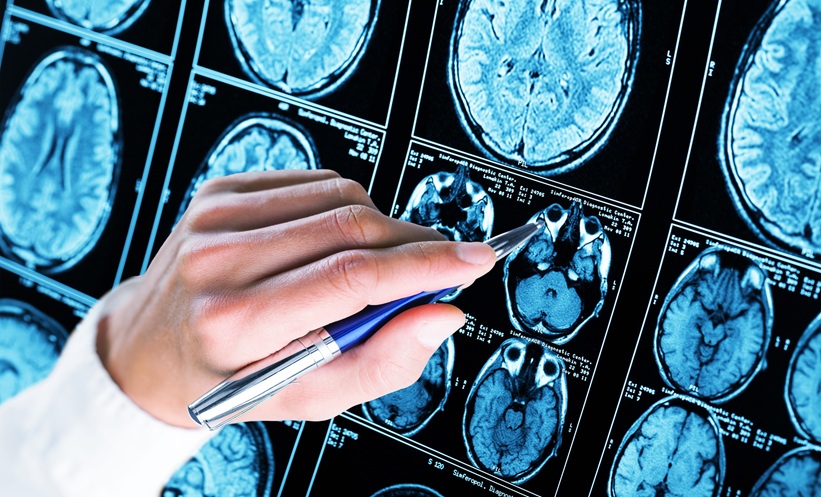A GROUNDBREAKING study has demonstrated that precise modulation of blood–brain barrier (BBB) transport can lead to rapid clearance of amyloid-β (Aβ) and cognitive recovery in Alzheimer’s disease (AD) models. The research, led by Giuseppe Battaglia and colleagues, introduces a multivalent nanomedicine that harnesses the brain’s own transport mechanisms to remove toxic proteins more efficiently.
Targeting the blood–brain barrier to boost clearance
The team designed LRP1-targeted polymersomes, engineered nanoscale vesicles that bind to the low-density lipoprotein receptor-related protein 1 (LRP1) on the BBB. By leveraging multivalent interactions, these nanocarriers bias LRP1 trafficking towards transcytosis, promoting transport of Aβ from the brain into circulation.
In Alzheimer’s model mice, treatment reduced brain amyloid-β levels by approximately 45%, while plasma levels rose eightfold within just 2 hours, indicating rapid clearance. Advanced imaging confirmed substantial reductions in Aβ deposits across multiple brain regions.
Cognitive recovery sustained for six months
Crucially, mice treated with the LRP1-targeted therapy exhibited marked improvements in spatial learning and memory, performing comparably to healthy controls. These cognitive benefits persisted for up to six months post-treatment, suggesting long-term restoration of neurological function.
A paradigm shift in Alzheimer’s therapy
The findings establish blood–brain barrier modulation as a transformative therapeutic strategy for Alzheimer’s disease. Beyond amyloid clearance, the study highlights multivalency-driven nanomedicine design as a next-generation platform for targeting neurological disorders at the cellular transport level.
Reference
Chen J et al. Rapid amyloid-β clearance and cognitive recovery through multivalent modulation of blood–brain barrier transport. Sig Transduct Target Ther. 2025;DOI: 10.1038/s41392-025-02426-1.








